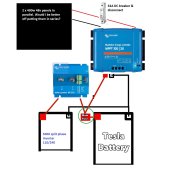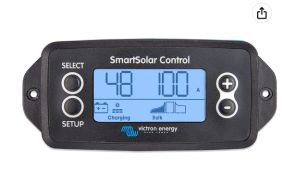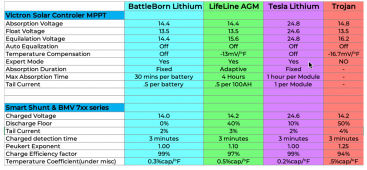CamaroMan
New Member
- Joined
- Nov 26, 2022
- Messages
- 44
Ok so first off the bat - picked up the Tesla battery 2 days ago from an ebay seller, it was at 17.5v when i checked this morning. Is this a problem? Had it charging today using wills params on his page below, got up to almost 22v before sunset (was a super cloudy day here)..
(his tutorial is here https://www.mobile-solarpower.com/1212121.html
https://www.mobile-solarpower.com/1212121.html
Now onto the fuse sizing.. this is will diagram I have just put pictures in to show my actual setup
I am planning to put a 32A DC breaker / disconnect between panels and controller. For the main fuse (circled) i plan to put a 400a bolt on fuse)..

(his tutorial is here
Now onto the fuse sizing.. this is will diagram I have just put pictures in to show my actual setup
I am planning to put a 32A DC breaker / disconnect between panels and controller. For the main fuse (circled) i plan to put a 400a bolt on fuse)..







